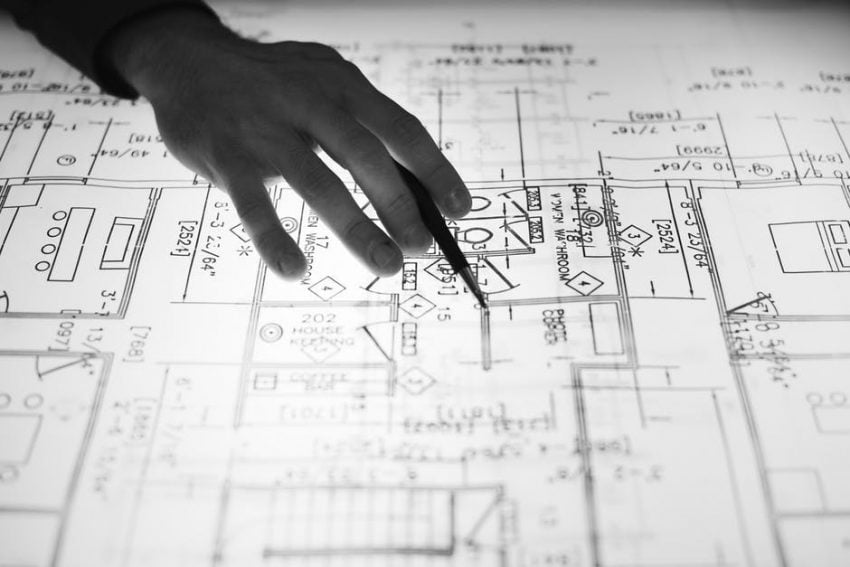
In today’s fast-paced construction industry, project timelines are shrinking, and the demand for quicker project delivery is on the rise. This paradigm shift has prompted structural engineers to rethink their approach to project management and design to meet accelerated project delivery requirements. In this blog, we will explore the essential strategies and considerations for structural engineers when working on projects that require speedy delivery.
- Collaborative Planning
The key to accelerated project delivery lies in effective collaboration. Structural engineers must work closely with architects, contractors, and other stakeholders to ensure that everyone is aligned on project goals, timelines, and priorities. Early collaboration can help identify potential issues, streamline decision-making processes, and reduce delays.
- Pre-fabrication and Modular Construction
One of the most effective ways to accelerate project delivery is by utilizing pre-fabrication and modular construction techniques. Structural engineers can design components that are easy to assemble on-site, saving time and minimizing the risk of errors. This approach not only speeds up construction but also improves quality control.
- Advanced Technology
Embracing cutting-edge technology is essential for accelerating project delivery. Structural engineers should leverage Building Information Modeling (BIM) and computer-aided design (CAD) software to create highly accurate and efficient design plans. Additionally, the use of drones, 3D printing, and virtual reality can help visualize and streamline the construction process.
- Lean Construction Principles
Adopting lean construction principles can significantly impact project speed and efficiency. By eliminating waste, optimizing processes, and continuously improving workflows, structural engineers can ensure that resources are used effectively. This approach also reduces the likelihood of project delays and budget overruns.
- Risk Management
Structural engineers must proactively identify and manage risks that could hinder project delivery. This includes anticipating potential design challenges, material shortages, and regulatory issues. Developing contingency plans and regularly assessing progress can help mitigate these risks and maintain project momentum.
- Fast-Track Approaches
Fast-tracking involves overlapping project phases to compress the schedule. While this approach can be effective, it requires close coordination and communication among all parties involved. Structural engineers need to ensure that design modifications, approvals, and construction activities are well-coordinated to avoid conflicts.
- Efficient Communication
Clear and efficient communication is the cornerstone of any accelerated project. Structural engineers should maintain open lines of communication with all stakeholders, promptly address concerns, and provide regular updates on project status. Miscommunications can lead to costly delays, so proactive communication is essential.
- Regulatory Compliance
Navigating regulatory requirements is crucial for ensuring that project delivery remains on schedule. Structural engineers must stay informed about local building codes, permitting processes, and other regulations. This includes working closely with permitting authorities to expedite approvals when possible.


